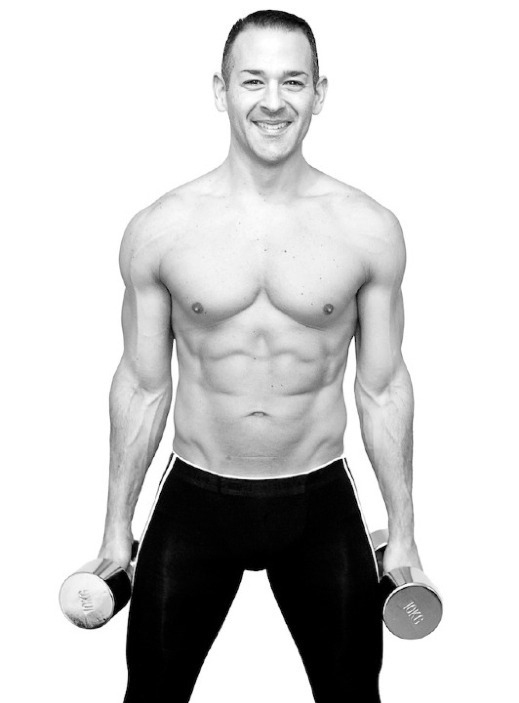Beat the Heat: How to Exercise Safely in the Summer

Training outdoors in the summer can be both invigorating and risky if you are not prepared. Warmer temperatures and longer days create great opportunities for outdoor workouts, but without proper precautions, hot weather can impact your performance and even your health.
If you enjoy running, strength training, or circuit workouts during summer months, understanding how to manage the heat is essential. Here are practical strategies to help you exercise safely and effectively in hot weather.
1. Choose the Right Time of Day
Avoid the hottest part of the day, usually between midday and 4pm. Early morning and later in the evening tend to be much cooler and more comfortable.
Example: Go for a 7am jog instead of a midday run or plan an outdoor strength session at 7pm when the sun is lower and the temperature has dropped.
2. Hydrate Before, During, and After
Dehydration can quickly set in during hot weather workouts. Drink plenty of water throughout the day, especially before and after exercise.
Hydration tips:
Drink 500ml of water at least one hour before training
Sip water every 15 to 20 minutes during your session
Rehydrate with water or an electrolyte drink after your workout
Adding electrolytes helps replace minerals lost through sweat such as sodium and potassium, which are essential for muscle function and overall energy.
3. Wear Light and Breathable Clothing
Choose moisture wicking and lightweight fabrics to help your body cool itself naturally. Lighter colours reflect sunlight and keep you cooler.
Example: A sleeveless sports top and breathable shorts made from synthetic performance fabric will keep sweat away from your skin and allow it to evaporate efficiently. Avoid heavy cotton or dark colours as they hold moisture and heat.
4. Listen to Your Body
Pay close attention to how you are feeling. Symptoms of overheating or heat exhaustion include:
Dizziness
Nausea
Muscle cramps
Excessive fatigue
Rapid heartbeat
If you notice any of these signs, stop exercising immediately, rest in a shaded or cool area, and hydrate. It is better to modify or postpone a session than risk heat exhaustion.
5. Modify Intensity and Duration
You might not perform at your best in high heat, and that is perfectly normal. Lower the intensity of your workouts or reduce their length when necessary.
Example: Instead of a 10 kilometre outdoor run, try a 5 kilometre jog followed by a cooldown walk or shift to indoor training with fans or air conditioning if available. Adapting your expectations to the climate helps avoid burnout and supports better long term consistency.
6. Train Indoors When Needed
There is no shame in taking your workout indoors when temperatures are too high. Gyms, fitness studios, or home spaces with fans or AC can offer safer training environments.
Indoor training ideas:
Resistance band strength circuits
Bodyweight HIIT
Core and mobility sessions
Stationary bike or treadmill intervals
If your schedule allows, alternate between outdoor and indoor sessions depending on the forecast.
7. Fuel Your Body Properly
Hot weather can suppress appetite, but your body still needs fuel, especially if you are training. Prioritise light, nutritious meals and snacks that support hydration and energy.
Summer-friendly workout meals:
A smoothie with protein powder, banana, and berries
Chicken or tofu salad with mixed greens and quinoa
A slice of whole grain toast with peanut butter and sliced apple
Avoid heavy, greasy meals before a workout as they can slow digestion and cause discomfort in the heat.
8. Protect Your Skin
Exercising in the sun requires taking care of your skin. Apply sunscreen at least 20 minutes before you start and choose sweat resistant options with SPF 30 or higher. Wearing a cap or visor and sunglasses helps protect your face and eyes from direct sun exposure.
9. Cool Down Properly
After your workout, take the time to cool down your body. Stretching, slow walking, and hydration will bring your heart rate down gradually and help your body recover. Showering with cool water post workout also helps reduce body temperature and refresh your skin.
10. Adapt, Do Not Avoid
The key is not to stop exercising in summer, but to be smart about how and when you do it. With the right approach, you can stay active, feel good, and even thrive in warm conditions.
Final Thoughts
Staying consistent with your training throughout the summer is possible and beneficial, but it requires extra attention to safety and comfort. Adapt your workouts to the conditions, prioritise hydration, and listen to your body to make the most of the season.
If you are unsure how to structure your workouts or adjust your routine for summer, speak to a personal trainer. At JSM Fitness, I can help you create a tailored fitness programme that supports your goals while keeping you safe and motivated, no matter the weather.
Contact me today to find out how we can build a summer training plan that works for you.
Email: [email protected]
Call or WhatsApp: 07590 830263
Website: www.jsmfitness.co.uk
Personal Trainer in St Albans, Harpenden & Surrounding Areas in Hertfordshire and online personal training.
St Albans Personal Training, serving Harpenden & Surrounding Areas in Hertfordshire
Boost Your Fitness, Let’s Work Together! Book Your First Personal Training Session Today!
Email: [email protected]
Call or WhatsApp: 07590 830263
Website: www.jsmfitness.co.uk


Comments